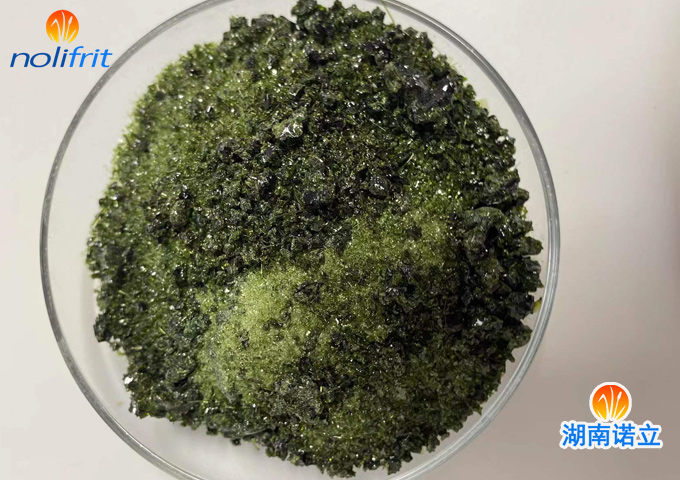Difference Between Cast Iron And Steel Enamel
From The Perspective Of Enamel Frit
To understand the difference between cast iron enamel and steel plate enamel, we must first know the difference between cast iron and steel plate. Both steel and cast iron are iron-carbon alloys, and the distinction between these two metallic materials is mainly based on carbon content. The cast iron generally used in enamel is gray iron or gray cast iron, and the carbon content is usually 3%~3.7%, while the carbon content of refined iron (low carbon steel cold-rolled sheet) is less than 0.12%, which means that cast iron contains more than steel plate. More impurities, when sintering, are more likely to generate carbon dioxide and other gases, resulting in enamel defects such as pinholes, air bubbles, and pores on the porcelain surface.

Therefore, in the selection of enamel frit, cast iron enamel frit needs to meet the following conditions: low temperature firing, to avoid oxidation and decomposition of iron carbide in cast iron, and release carbon dioxide; good adaptability, which is conducive to gas in the early stage of firing It has good sealing performance, and does not allow gas to break through the porcelain layer and cause defects in the later stage of firing. Therefore, the formula design of enamel primer is very different from that of steel plate primer. For example, the firing temperature is generally 760~780℃, which is obviously lower than the high temperature of 850℃ of steel plate primer.
At the same time, the addition amount of cast iron frit in borax, feldspar and other raw materials is larger than that of steel plate enamel frit, the purpose is to reduce the viscosity of the enamel frit, improve the wettability, form small pores and accommodate the gas discharged from the matrix, and improve the solubility of iron oxide. The formula design of cast iron enamel frit and steel plate enamel frit is very different, in order to meet the needs of enamel enamel frit for the corresponding material to the greatest extent.